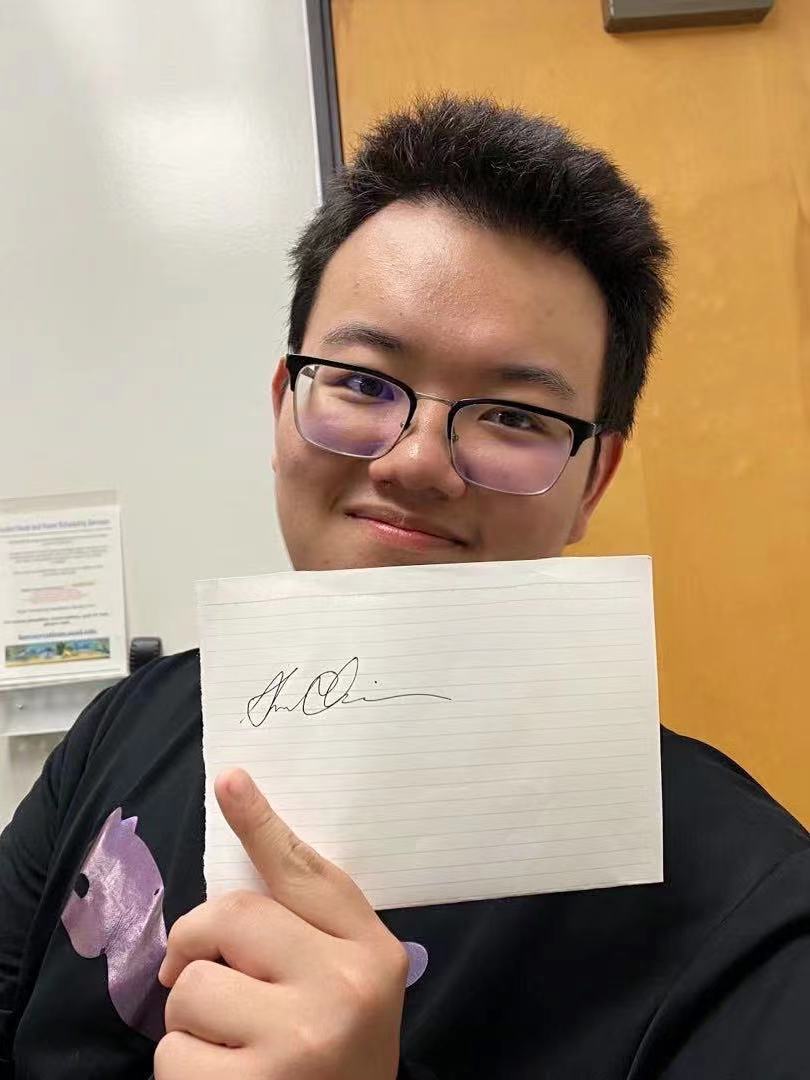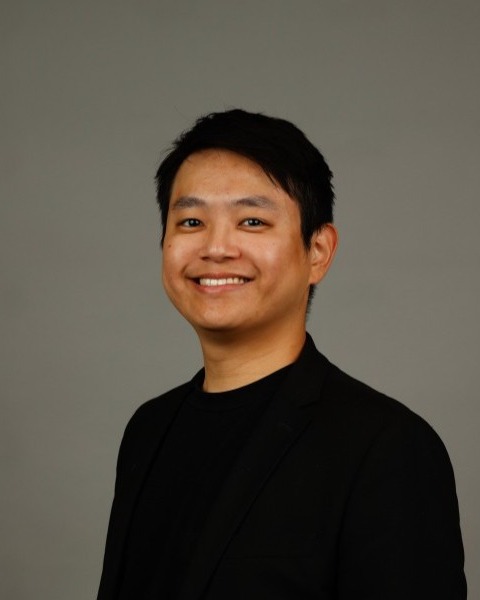Cellular and Molecular Bioengineering
(H-302) Control of CAR-T Therapy of Solid Tumors under Hypoxia via Focused Ultrasound

Tianze Guo (he/him/his)
Ph.D. Student
University of Southern California
Los Angeles, California, United States.jpg)
Longwei Liu (he/him/his)
Research Assistant Professor
University of Southern California
Los Angeles, California, United States- PH
Peixiang He
PhD student
University of California San Diego, United States 
Jeong Oh (he/him/his)
Ph.D. Candidate
University of Southern California
Los Angeles, California, United States- KS
Keyue Shen
Associate Professor of Biomedical Engineering
University of Southern California, United States - YW
Yingxiao Wang
Professor
University of Southern California, United States
Presenting Author(s)
Co-Author(s)
Last Author(s)
Primary Investigator(s)
Chimeric antigen receptor T cell (CAR-T) therapy is becoming a paradigm-shifting approach for cancer treatment. Despite significant advancements, there are still significant obstacles to the broad application of CAR-based immunotherapy for solid tumors1 such as the fatal on-target off-tumor toxicities. Solid tumors are characterized by hypoxia, which has been shown to inhibit the function of T cells. Although methods for developing hypoxia-responsive CAR-T cells have been reported, success has not yet been achieved. Here, we propose to deliver a hypoxia responsive gene cassette to tumor cells to not only report tumor location, but also trigger and sustain the synthetic surface-antigen and immunomodulatory cytokine production, combining with focused ultrasound which allowed a non-invasive and remote control of gene expressions inside of the tumors2. The surface-antigen target on tumor cells will trigger the activation of an anti-antigen Synthetic intramembrane proteolysis receptor (SNIPR)4 in engineered T cells to induce the CAR production to kill the target tumors. Together, we plan to create a clinically compatible system to control CAR activity against target tumors utilizing hypoxia and focused ultrasound.
Materials and Methods:: Lentiviruses were used to deliver transgenes into the cells, with engineered cells selected via Fluorescence-activated cell sorting (FACS). Hypoxia was delivered through controlled oxygen level via hypoxia incubator. The results will be evaluated by flow cytometry. Gating is based on non-engineered cells. Flow cytometry data is analyzed using FlowJo software (FlowJo).
Results, Conclusions, and Discussions::
In T cells, coculture assay of anti-antigen SNIPR with antigen positive cells showed a high activation of the release of transcription factor (~70%), while remains a relatively low amount of basal activation. This result suggests when a target antigen is available, SNIPR in T cells can induce a robust production of the downstream gene, e.g., reporter gene or CAR, while maintaining a minimal activation in the absence of antigen. In tumor cells, we plan to use oxygen-dependent degron ODDD to degrade the ultrasound-controllable antigen expression. Preliminary result showed the AND gate system is able to selective control the antigen induction. Thus, this design can serve as an oxygen controllable factor to eliminate ultrasound-induced antigen expression under normoxia. As such, only in hypoxia tumors, ultrasound-induced antigen can have sustained and therapeutic effects, leading to a high specificity of therapy.
Preliminary data have demonstrated some feasibilities of the design. In our future plans, we will apply the gene cassettes on U251 MG glioblastoma cells and examine whether the T cell killing can be controlled by hypoxia and ultrasound using coculture experiments with SNIPR CAR T cells.
Acknowledgements (Optional): : Figure was analyzed and generated using Graphpad Prism. Cartoon is generated using Biorender
References (Optional): :
1Liu, L, Qu, Y, Cheng, L, et al. Clin Transl Med. 2022; 12:e1141. 2 Wu, Y., Liu, Y., Huang, Z. et al. Nat Biomed Eng 5, 1336–1347 (2021). 3 Oh, J.M., et al. ACS Biomaterials Science & Engineering, 2022. 8(7): p. 3107-3121. 4Zhu I, Liu R, Garcia JM, et al. Cell. 2022;185(8):1431-1443.e16.
